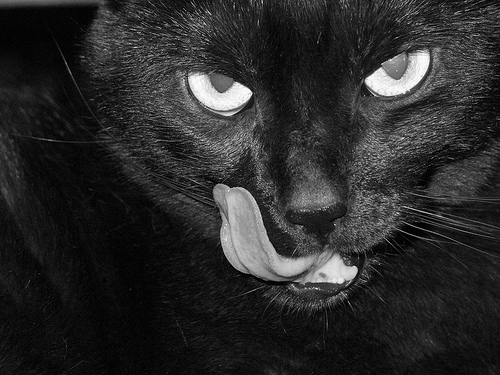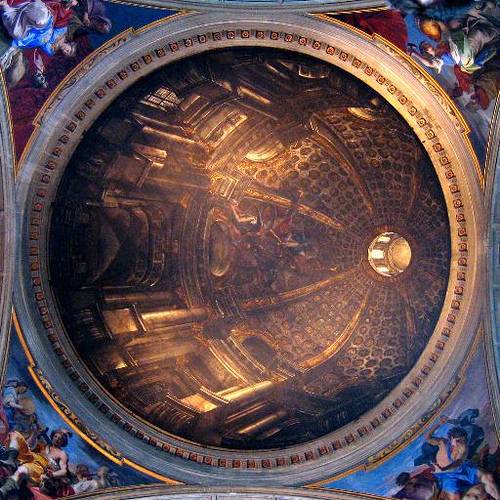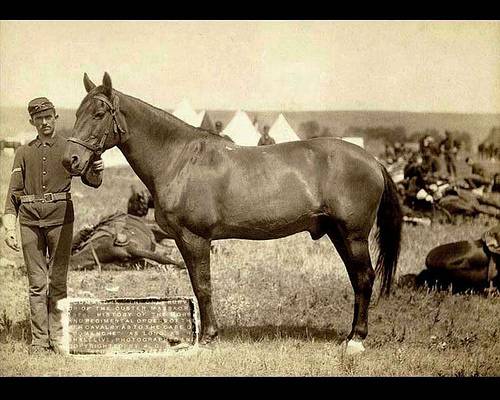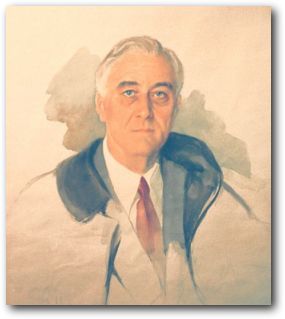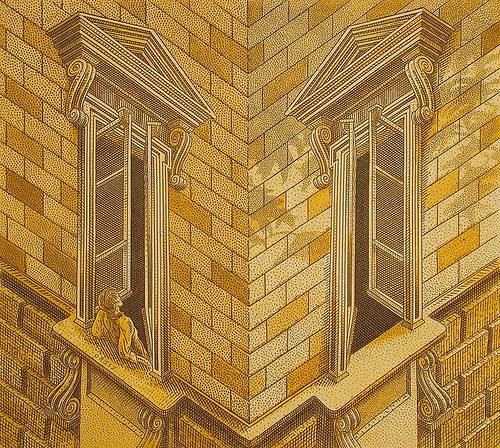Here are the first three verses of Genesis:
1 In the beginning God created the heaven and the earth.
2 And the earth was without form, and void; and darkness was upon the face of the deep. And the Spirit of God moved upon the face of the waters.
3 And God said, Let there be light: and there was light.
Pick any word in the first verse, count its letters, and move ahead by the corresponding number of words. For example, if you start at beginning, you’d count 9 letters and move ahead 9 words, landing on the in the second verse. Count that word’s letters and continue in this manner until you’ve entered the third verse.
You’ll always arrive at God.
(Discovered by Martin Gardner.)

